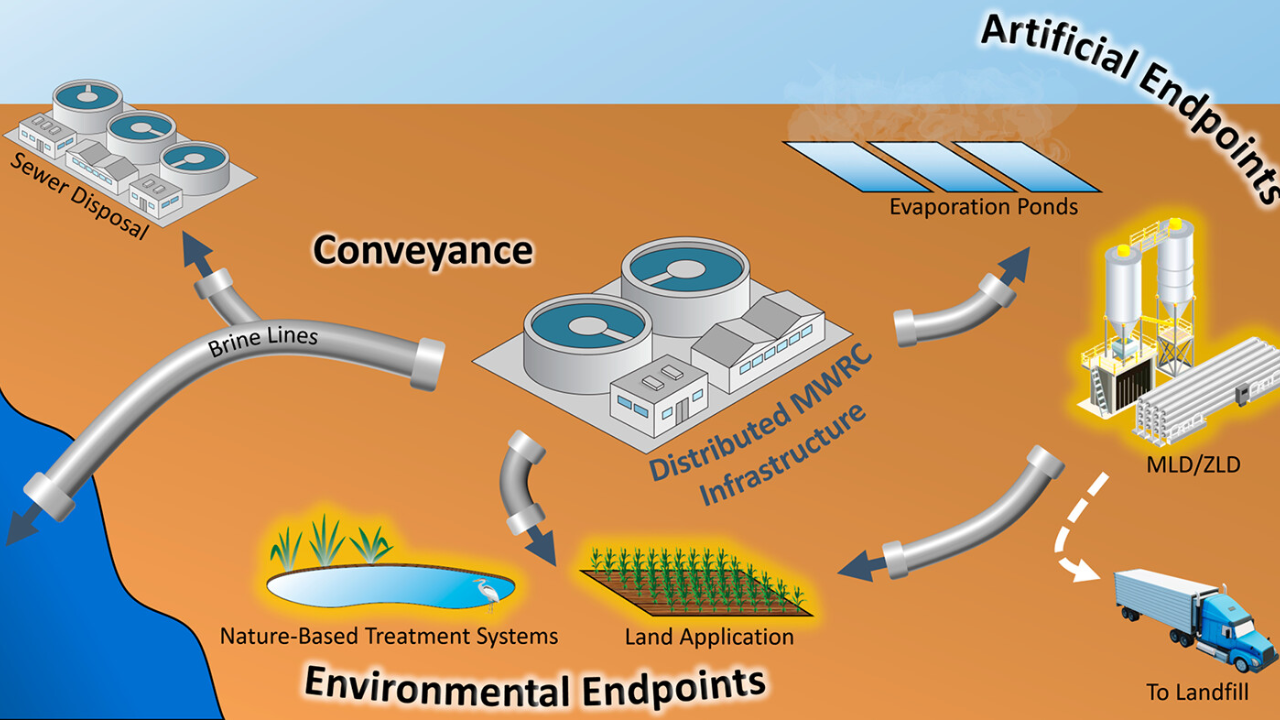
Water scarcity is no longer a distant concern—it’s a reality facing millions of people worldwide. As droughts intensify, populations grow, and industries expand, the demand for innovative water reuse solutions has never been greater. Traditional recycling methods are effective, but emerging technologies are set to revolutionize the way we capture, treat, and reuse water. From smart sensors to nanotechnology, the future of water reuse promises cleaner, safer, and more sustainable supplies.
This article explores the most exciting upcoming technologies, their applications, and how they can transform global water management.
Why Innovation in Water Reuse Matters
- Rising demand: Global water demand is projected to increase by 55% by 2050.
- Climate change: Erratic rainfall patterns make conventional water sources unreliable.
- Urban growth: Cities need sustainable, scalable systems to ensure supply.
- Environmental protection: Reducing wastewater discharge protects ecosystems.
New technologies offer breakthroughs to meet these challenges while making water reuse more affordable and accessible.
Key Future Technologies in Water Reuse
1. Advanced Membrane Filtration
Next-generation membranes made from nanomaterials and graphene will allow faster, more efficient filtration of contaminants. These membranes resist fouling and require less energy, lowering operating costs while producing higher-quality water.
2. Artificial Intelligence and Smart Monitoring
AI-powered sensors and Internet of Things (IoT) devices can continuously monitor water quality in real time. Machine learning algorithms will predict maintenance needs, optimize treatment processes, and reduce waste.
3. Decentralized Water Recycling Systems
Instead of relying only on large treatment plants, modular, small-scale recycling systems can be installed in buildings, schools, or industries. These systems reduce transport costs and provide localized solutions, especially in drought-prone regions.
4. Bioengineered Microorganisms
Researchers are developing specialized microbes that can break down complex pollutants in wastewater. These biological solutions offer eco-friendly treatment options that adapt to different waste streams.
5. Solar-Powered Desalination and Treatment
Using renewable energy like solar panels, future water reuse plants can operate with minimal carbon footprint. Solar-powered treatment is especially valuable in arid regions with high sunlight exposure.
6. Water-Energy Nexus Technologies
Innovations are focusing on capturing energy during water treatment. For example, systems that harvest biogas from wastewater sludge can power facilities, making them energy-neutral or even energy-positive.
7. Nanotechnology for Pollutant Removal
Nanoparticles can remove heavy metals, pharmaceuticals, and microplastics at a microscopic level. This ensures safer reclaimed water suitable for sensitive uses like drinking or irrigation.
8. Direct Potable Reuse (DPR) Innovations
Future DPR technologies will allow wastewater to be treated and returned directly to taps with enhanced safety protocols and public trust measures. This creates a virtually drought-proof water supply.
Table: Future Water Reuse Technologies and Their Benefits
| Technology | How It Works | Key Benefit |
|---|---|---|
| Advanced membranes | Nanomaterials for better filtration | High efficiency, lower energy use |
| AI and IoT monitoring | Smart sensors track water quality | Real-time safety and reduced failures |
| Decentralized systems | Local modular treatment units | Accessible and scalable |
| Bioengineered microbes | Microbes break down pollutants | Eco-friendly and adaptable |
| Solar-powered treatment | Renewable-powered desalination/reuse | Low carbon footprint, off-grid potential |
| Nanotechnology solutions | Nanoparticles capture pollutants | Removes micro-level contaminants |
| Direct potable reuse (DPR) | Advanced purification to drinking water | Reliable supply for urban populations |
Global Examples of Innovation
- Singapore’s NEWater program is testing AI-driven monitoring for its advanced recycling plants.
- Israel is investing in nanotechnology to make wastewater even safer for agriculture.
- United States cities like San Diego are piloting direct potable reuse projects to secure water for the future.
- India and Africa are exploring solar-powered, decentralized systems for rural and drought-prone regions.
Beyond Technology: Building Public Trust
While innovation is crucial, the success of future water reuse depends on community acceptance. Many people still hesitate about using reclaimed water, especially for drinking. Public education campaigns, transparent monitoring, and government support will be essential to encourage adoption.
Overview Table
| Challenge | Future Tech Solution | Impact |
|---|---|---|
| High energy use | Solar-powered treatment | Sustainable and eco-friendly |
| Poor water quality tracking | AI and IoT sensors | Real-time safety assurance |
| Limited infrastructure | Decentralized systems | Local, flexible solutions |
| Pollutant removal | Nanotechnology and bio-microbes | Cleaner, safer water |
| Drought-proof supply | Direct potable reuse | Reliable urban drinking water |
| Carbon emissions | Energy-recovery technologies | Energy-neutral treatment plants |
Final Thoughts
The future of water reuse is brimming with groundbreaking technologies that promise to make water treatment faster, cleaner, and more sustainable. By combining nanotechnology, AI, renewable energy, and innovative biological solutions, the world can move toward a water-secure future.
As these technologies mature, governments, industries, and communities must work together to invest in infrastructure and build trust in recycled water. Ultimately, these innovations will not just combat scarcity but also ensure resilience in the face of climate change.
FAQs
Q1: Which future technology will have the biggest impact on water reuse?
AI-driven monitoring and advanced membranes are expected to revolutionize efficiency and safety.
Q2: Can recycled water really become a main source of drinking water?
Yes, with direct potable reuse technologies, reclaimed water can safely meet urban demands.
Q3: How will renewable energy help in water reuse?
Solar-powered systems will make treatment plants eco-friendly and viable even in remote, dry regions.

